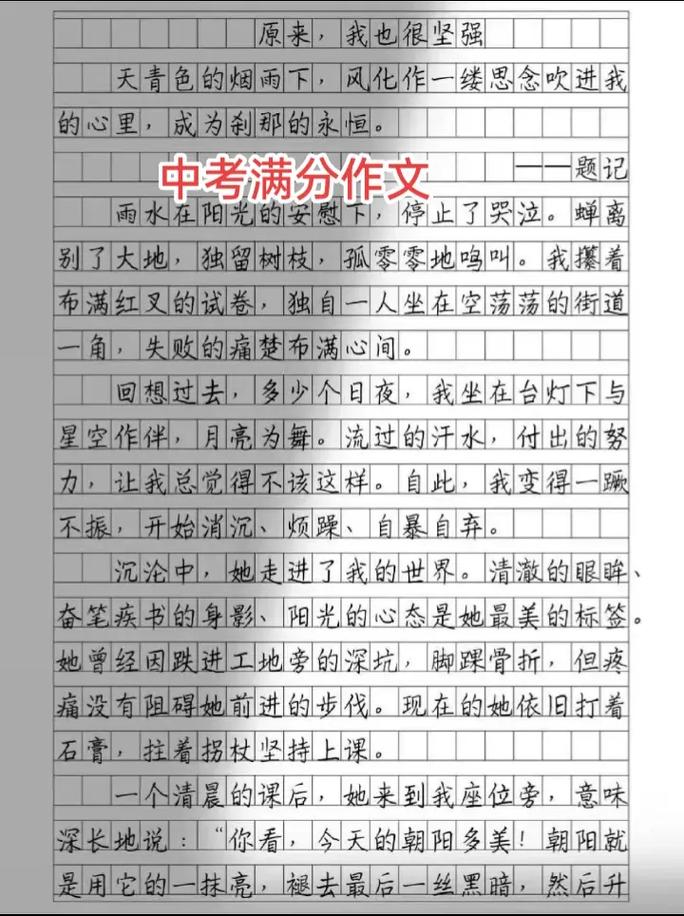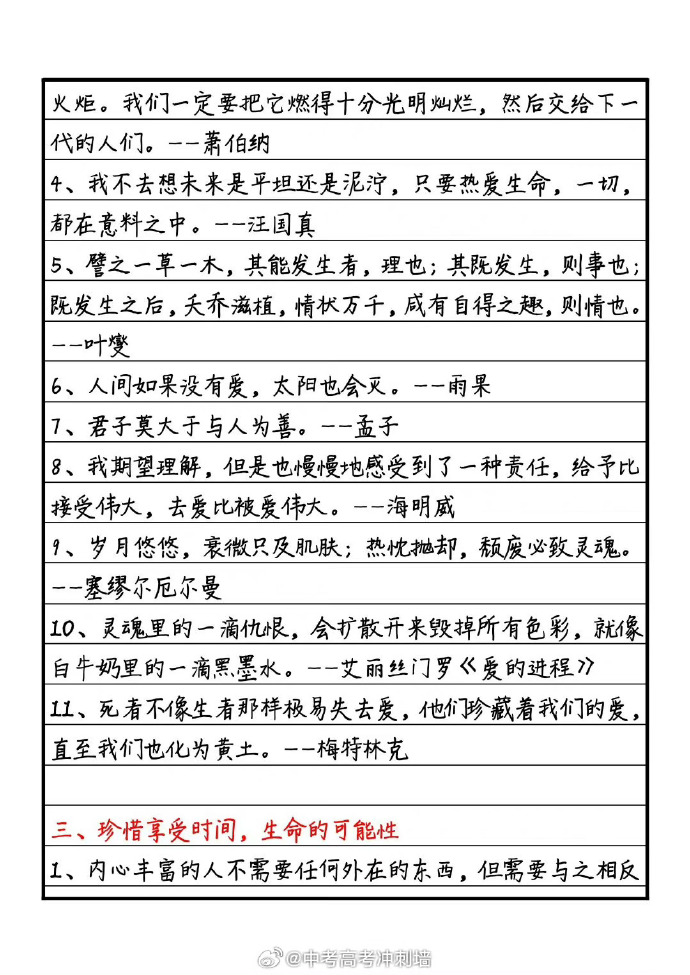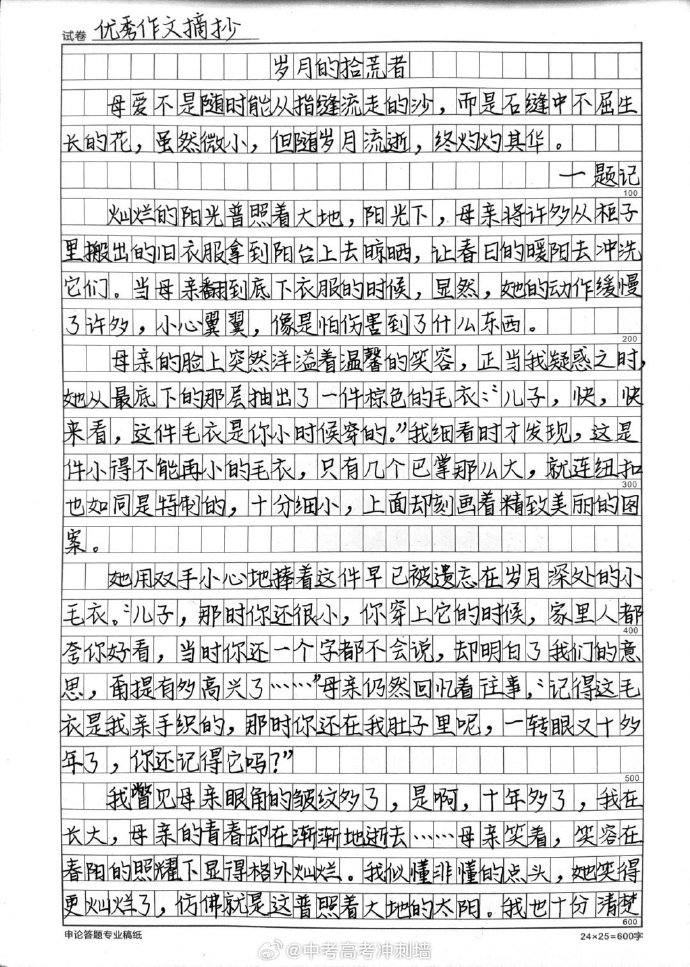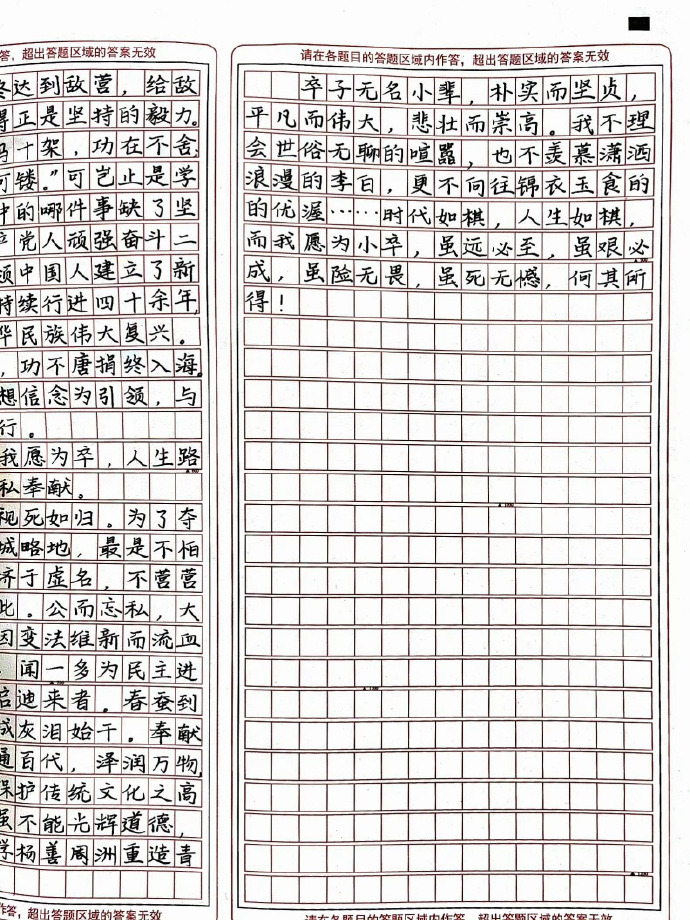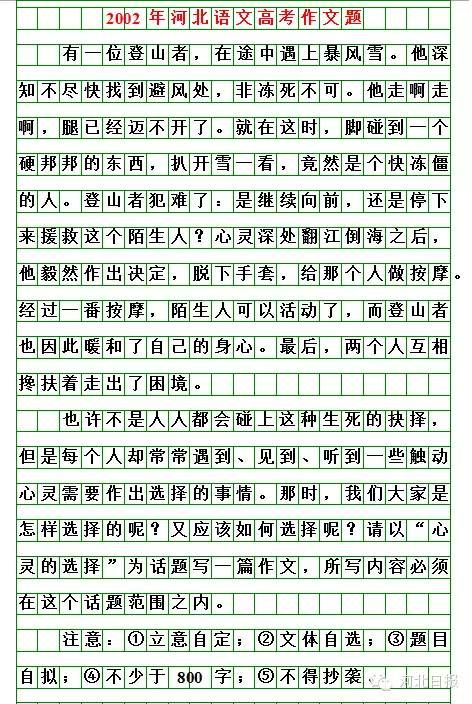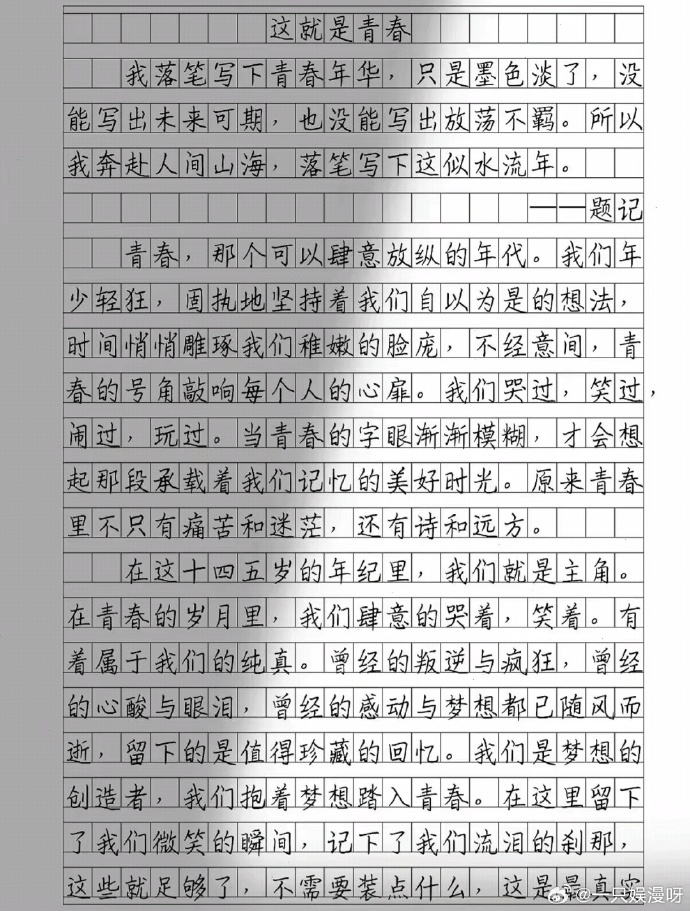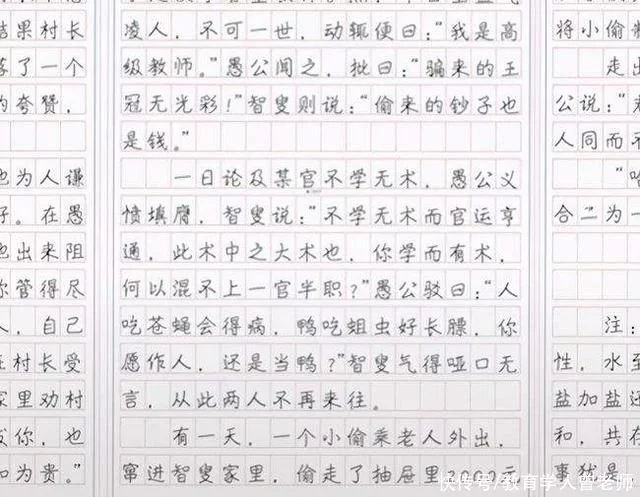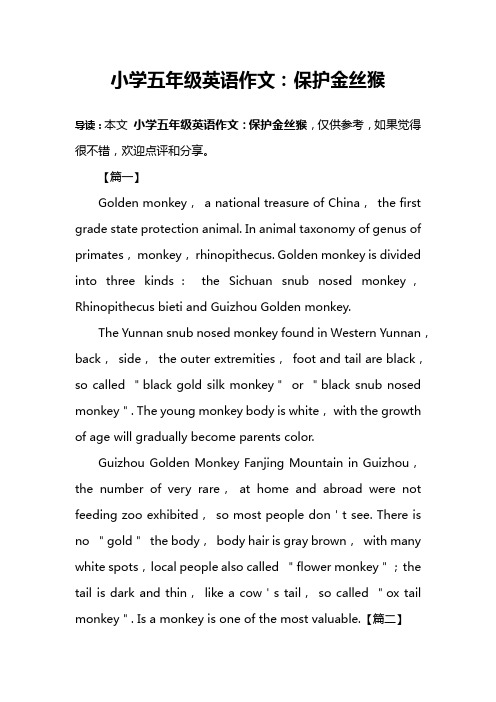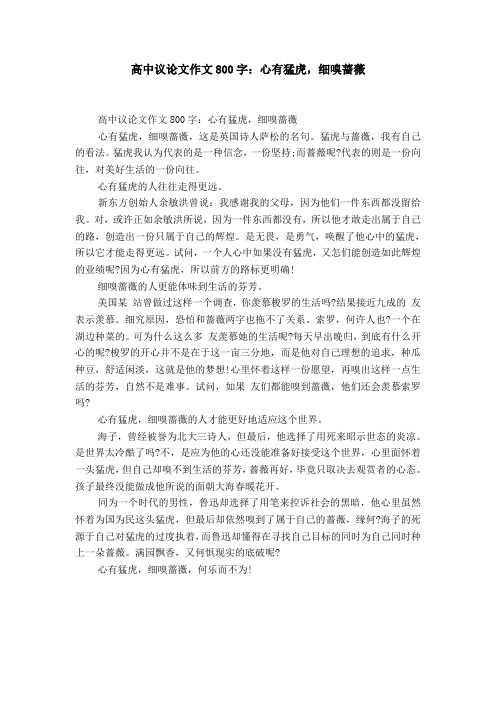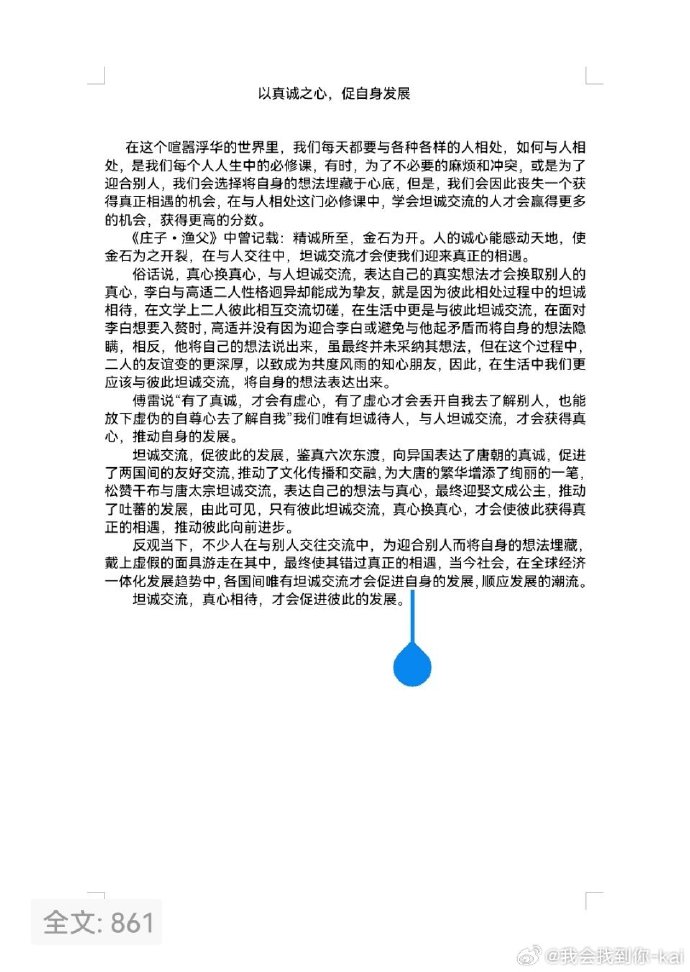In many cultures around the world, dragons hold a significant and fascinating place. They are not just mythical creatures but also carry deep cultural meanings and symbolisms. In this essay, we will explore various aspects of dragons, from their origins to their modern interpretations.
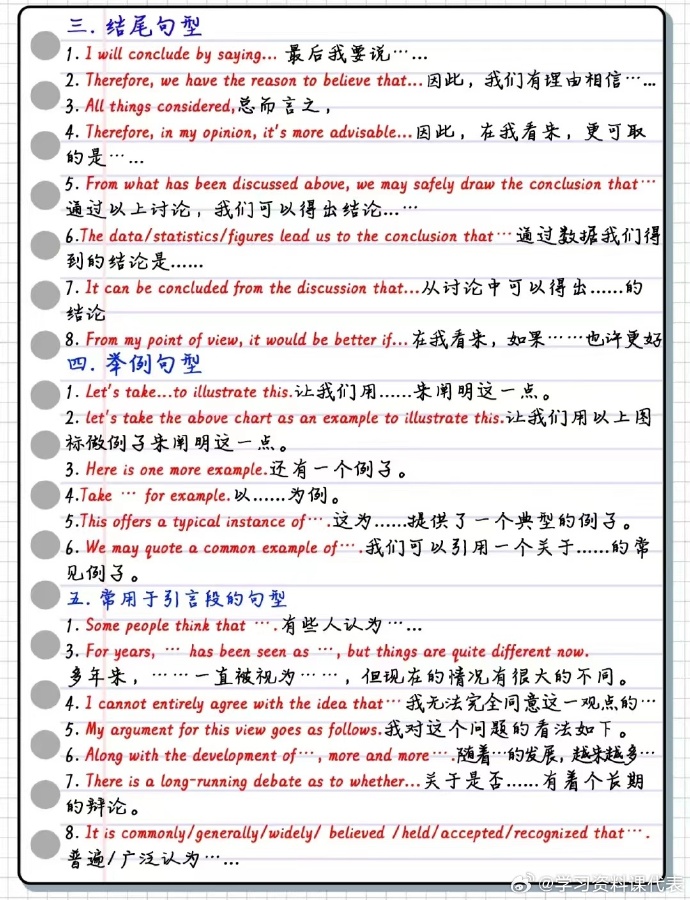
Firstly, let's look at the origins of dragons. Dragons have appeared in numerous ancient civilizations. For example, in Chinese culture, dragons have been revered for thousands of years. The Chinese dragon is often depicted as a long, serpent - like creature with scales, antlers, and whiskers. It is considered a symbol of power, strength, and good fortune. The dragon is one of the twelve animals in the Chinese zodiac and is associated with emperors and imperial authority. According to legend, dragons have control over water sources such as rivers and rainfall. This is particularly important in an agricultural society like ancient China, where water was essential for crop cultivation.
In European folklore, dragons are usually portrayed as fearsome and fire - breathing creatures. They are often depicted as living in caves filled with treasures that they fiercely guard. One of the most famous European dragon stories is that of Saint George and the Dragon. In this story, Saint George, a Christian knight, slays a dragon that has been terrorizing a city. This represents the triumph of good over evil and the spread of Christianity. Unlike the Chinese dragon, which is generally benevolent, European dragons are typically seen as symbols of chaos and destruction.
Secondly, dragons play a vital role in literature and popular culture. In J.K. Rowling's "Harry Potter" series, there is a Hungarian horntail dragon, which is a challenge for the characters in the Triwizard Tournament. The description of the dragon is vivid, with its massive size, sharp claws, and ability to breathe fire. This adds an element of danger and excitement to the story. The dragon in this context symbolizes the obstacles that the protagonists must overcome to grow and succeed.
Another example is the movie "How to Train Your Dragon" series. In these movies, Vikings live alongside dragons, and the main character, Hiccup, forms a unique bond with a night fury dragon named Toothless. The relationship between Hiccup and Toothless challenges the traditional notions of dragons as purely destructive beings. It shows that through understanding and empathy, humans and dragons can coexist peacefully. These modern depictions of dragons not only entertain audiences but also offer new perspectives on these legendary creatures.
Thirdly, the symbolic meanings of dragons vary across different cultures. In Japanese culture, the dragon (ryu) is often associated with water and is believed to control rivers, lakes, and rainfall, similar to the Chinese dragon. However, the Japanese dragon also has a connection to the sea. There is a belief that the dragon brings rain by ascending to the sky from the sea. Additionally, in some Japanese myths, the dragon is considered a messenger of the gods, carrying divine messages between the heavens and the earth.
In Western cultures today, dragons still appear in video games and fantasy novels. They continue to be powerful adversaries or majestic creatures that players or readers can interact with. The persistence of dragons in contemporary storytelling shows their enduring appeal and the human fascination with these mythical beings.

In conclusion, dragons are truly remarkable creatures that span across different cultures and time periods. From their ancient origins in China and Europe to their modern - day appearances in literature, movies, and entertainment, they captivate our imaginations. Whether they are symbols of power, protectors of treasure, or bridges between different realms, dragons continue to hold a special place in our cultural heritage. As we continue to create new stories and interpretations, the dragon will undoubtedly remain a powerful and enchanting symbol for generations to come.
未经允许不得转载:» 关于龙的英语作文(龙的英语作文)

 佰一阅读网
佰一阅读网

